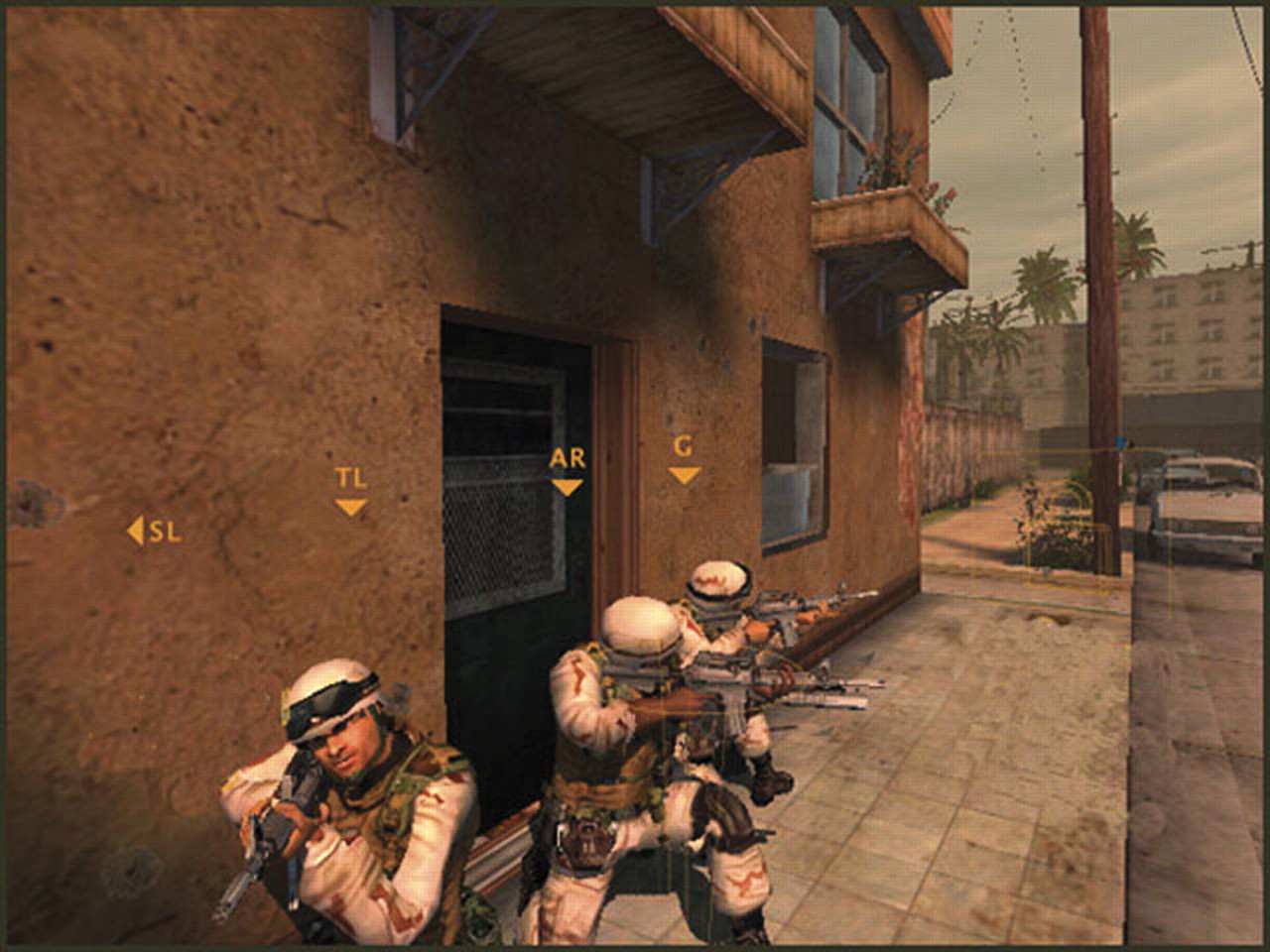While today's soldiers are better prepared psychologically for war-fare than ever before, their unwillingness to seek needed mental health treatment on returning from combat continues to be a troubling problem. Military records indicate that at least 1 of 6 soldiers returning from Iraq has symptoms of depression, anxiety, and posttraumatic stress disorder (PTSD), yet only a fraction of them seek treatment, according to a study by Charles Hoge, M.D., and colleagues in the July 1, 2004, New England Journal of Medicine. Positive responders are twice as likely as negative responders to voice concern about possible stigmatization and other barriers to seeking mental health care.
Now a high-tech virtual reality (VR) system designed for use with combat veterans suffering from PTSD may help solve that problem. Its acceptance rate is high among a generation raised on video games, and it lacks the stigma associated with other mental health therapy.
In a joint venture between the Institute for Creative Technologies at the University of Southern California and the Office of Naval Research, researchers used components from the popular video game “Full Spectrum Warrior” to fashion a virtual world that mimics the sources of combat stress. The soldier being treated wears VR goggles and headphones, and the therapist uses a tablet-based interface to activate or remove sounds of gunshots or the sight of smoke or other provocative stimuli depending on the patient's reaction.
The software is designed so that those with PTSD can be“ teleported” to specific scenarios appropriate for their needs and relevant to their combat experience. For example, the scenarios include city scenes, checkpoints, city building interiors, small rural villages, desert bases, and desert roads. Once the scenario is selected, a variety of options can be chosen to suit the user's needs.
The idea is to reintroduce patients gradually to the experiences that triggered the trauma until the memory no longer incapacitates them. The system is to be enlarged to include other stimuli such as vibrations to mimic the impact of bombs or rumbling of tanks and even the smells of war, such as body odor, garbage, and blood.
VR therapy is not new, but the video game application of it is.
Successful use of VR for both psychological and physical disorders has been documented by researchers such as Kalman Glanz and colleagues in the spring/summer 2003 Psychotherapy: Theory, Research, Practice, Training and Albert Rizzo, Ph.D., and colleagues in the March-May 2004 Neuropsychological Rehabilitation.
VR therapy has advantages over typical imaging exposure for combat veterans with PTSD. The effectiveness of imaging depends on its acceptability by patients, many of whom are reluctant or refuse to subject themselves to envisioning events that provoked their PTSD. Many do not want to be reminded of the trauma, which is one of the defining symptoms of the disorder. Patients either refuse or, if willing, are unable to engage their emotions or senses during treatment.
Researchers believe the main advantage of VR therapy is that it extends the skills of the well-trained clinician. And it could become part of a comprehensive assessment program administered after return from duty to pick up possible areas that need to be explored further.
The investigators emphasized that VR therapy is not intended to be an automated treatment protocol that could be used in a self-help format.
“It will produce most benefits when administered within the context of appropriate care via a thoughtful, professional appreciation of the complexity and impact of this disorder,” according to the research group headed by Rizzo at the Institute for Creative Technologies. ▪

